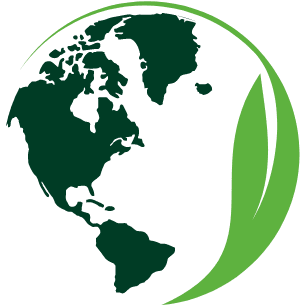I only made a short trip to Bulawayo from Nata in Botswana where I was working for a few weeks, so I don’t have a lot of information about the public transport in Zimbabwe, but I’ll share with you what I know. First of all, bring US dollars or South African rand. The Zimbabwean dollar is great to make the locals laugh, but the purchasing power is extremely limited and nobody really wants to accept it for payment. From what I’ve seen, you can pay with them in supermarkets, but almost nobody does.
Getting into Zimbabwe from Botswana
I took a minibus from the Francistown bus rank to the Plumtree border. Not a lot of people want to go there, so I had to wait for about two hours until the driver was happy with the number of people. The fee was 50 pula (~3,5€) per person. You can find more information about public transport in Botswana here. After getting my passport stamped at the Botswana side, I continued walking towards the Zimbabwe side and got picked up by a guy with a van after two minutes. Many people make it a business to go to Botswana to buy electronics and sell them in Zimbabwe, so it is fairly easy to get a ride. Be prepared to pay for it though. I paid 130 pula (~9,3€) to go from the border to Bulawayo. It took a while until he got all the papers sorted for importing the bunch of TV screens he had in the back and he drank beer after beer while driving, but I eventually arrived safely at my friend’s place. Drinking and driving seemed to be very common in Zimbabwe because he’s not the only one I saw throwing empty beer bottles out the car window.
Taxis in Bulawayo
The official fare for inner-city taxis is 1 USD per kilometre, which is very expensive, so try to haggle. I got a taxi driver to go to the Khami ruins outside of Bulawayo and back for 30 USD, which is also very expensive compared to the prices in neighbouring countries. Zimbabwe is generally on the more expensive side. I also wanted to go to Matobo National Park without booking an expensive tour or hiring a car on my own, so I tried to go with my new taxi driver friend. However, they wouldn’t let us in because my taxi driver was not a guide. So when you try that, be convincing about just being friends going to the park together, e.g. by driving yourself for the last bit before the gate and getting the story right with your driver beforehand.
Minibuses and buses in Bulawayo
There are many minibuses and buses going to cities as well as to the border posts from several bus ranks that might be confusing at first. However, the city centre of Bulawayo is relatively small and you can walk around fairly easily. You’ll have to ask around quite a bit to find the right rank for your destination, but in general taxi drivers as well as random people in the street are very helpful. Another good thing about travelling by public transport in Zimbabwe is that the police will not stop you to ask for money all the time (which apparently they do when you’re travelling in a hired car). Just be aware that the minibuses are much more run down in Zimbabwe than in Botswana for example.
Getting from Zimbabwe to Botswana
From Bulawayo there are several minibuses going to the border. However, the ones I found all left really early in the morning. There was also one big bus leaving at 16.00, which I found too late. (I usually avoid travelling by night.) So my friend took me a few kilometres down the road towards Plumtree to a taxi spot where a taxi took me to the border for 7 USD. At the border I met a guy who was going to Botswana to buy electronics in a van who was happy to take me to Francistown for 70 pula (~5€). He picked me up on the road stretch between the Zimbabwe and Botswana border posts. I found it really easy to get a ride around this border.

